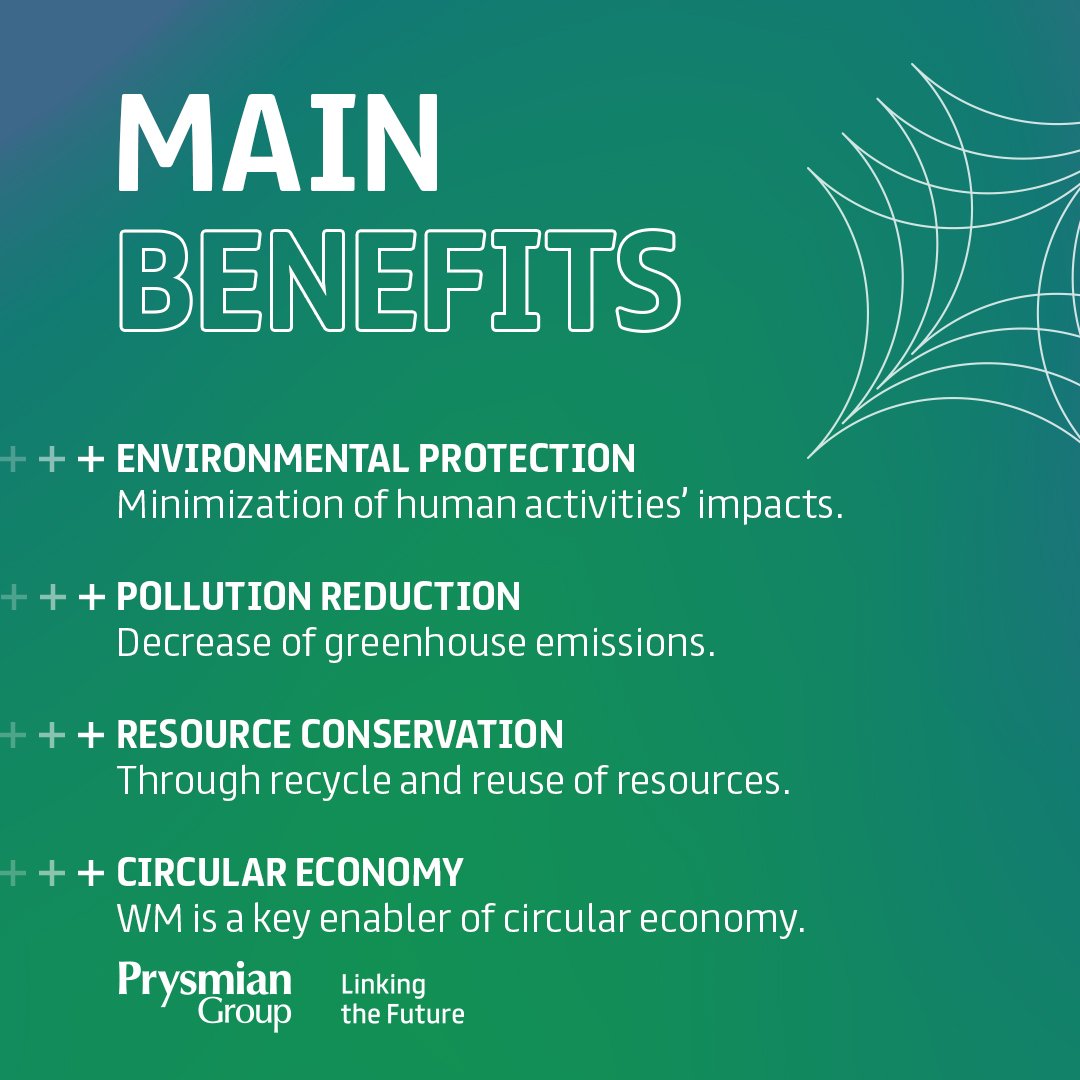Some Known Incorrect Statements About Reclaim Waste
Some Known Incorrect Statements About Reclaim Waste
Blog Article
Reclaim Waste Can Be Fun For Anyone
Table of ContentsThe Buzz on Reclaim WasteReclaim Waste Can Be Fun For EveryoneReclaim Waste Fundamentals ExplainedLittle Known Facts About Reclaim Waste.Getting My Reclaim Waste To Work
Explore the types, events, and kinds of fluid waste. Domestic sewer waste refers to the waste and products from a property septic container. This kind of waste is produced by human beings in residences, colleges, and various other buildings. This only includes sewage-disposal tanks that have a drainpipe field. The correct administration and disposal of domestic sewage waste need fluid waste to be transferred to a sewage treatment plant where the correct methods and devices are put on cleanse and throw away waste.
Business waste typically consists of potential hazards, such as combustible products or a mix of liquid and solid waste products, and needs an advanced and in-depth disposal procedure. The disposal of commercial waste commonly involves the filtration of waste prior to transport to make certain risk-free and proper disposal. Industrial waste is produced from results and runoff of industrial processes and production.
This sort of waste can not use the very same sewage monitoring transportation or processes as septic or industrial fluids. The industrial waste monitoring procedure calls for the examination and screening of liquid waste prior to it goes through the disposal procedure (industrial wastewater treatment). Runoff waste is the fluid waste that comes from drainage and excess stormwater in highly populated areas or cities
Runoff waste can cause contamination and flooding if not managed properly. Ensuring correct waste management can stop disasters and minimize environmental injury.
The Facts About Reclaim Waste Revealed
Call PROS Solutions today to find out about our waste administration and disposal services and the proper ways to take care of the liquid waste you create.
(https://www.intensedebate.com/people/reclaimwaste1)This so-called 'wastewater' is not only an essential resource but, after treatment, will certainly be released to our land, rivers or the sea. Used water from bathrooms, showers, baths, cooking area sinks, laundries and industrial procedures is known as wastewater.

water used to cool machinery or clean plant and equipment). Stormwater, a type of wastewater, is drainage that moves from agricultural and metropolitan locations such as roofing systems, parks, gardens, roads, courses and seamless gutters into stormwater drains, after rain. Stormwater flows untreated straight to local creeks or rivers, at some point reaching the ocean.
Reclaim Waste for Dummies
In Queensland, the majority of wastewater is treated at sewage treatment plants. Wastewater is transported from domestic or industrial websites with a system of drains and pump stations, understood as sewage reticulation, to a sewer therapy plant. Neighborhood federal governments develop, preserve and operate most sewer therapy plants. Operators are certified under the Environmental Management Act 1994 to discharge cured wastewater at an appropriate environmental requirement into waterways.
The Division of Natural Resources advises regional federal governments about managing, operating and maintaining sewage systems and therapy plants. In unsewered areas, city governments might require owners to set up individual or house sewer treatment systems to deal with domestic wastewater from commodes, kitchens, shower rooms and washings. The Department of Natural Resources authorizes using house systems when they are verified to be efficient.
In some new subdivisions, treatment of some stormwater to eliminate trash, sand and crushed rock has begun utilizing gross toxin catches. Wastewater treatment takes place in four phases: Gets rid of strong issue.
Makes use of little living microorganisms recognizes as micro-organisms to damage down and remove staying liquified wastes and great particles. Micro-organisms and wastes are integrated in the sludge.
Reclaim Waste - Questions
Nutrient removal is not available at all sewage therapy plants due to the fact that it requires expensive specialist equipment. Clear fluid effluent created after therapy might still consist of disease-causing micro-organisms - liquid waste disposal melbourne.

This usually suggests wastewater has to be dealt with or pollutants removed prior to it can be discharged to rivers. A lot of wastewater flows right into the sewage system. Under the Act, regional governments provide approvals and permits for ecologically relevant tasks (Periods) including wastewater launches that might have a neighborhood effect. The division administers authorizations and licences to Periods including wastewater releases that might have a local or statewide impact.
The Basic Principles Of Reclaim Waste
Or else, samples are taken for lab analysis. Usually numerous examinations are required to establish the degrees of each of the various pollutants such as oils, heavy steels and chemicals in water. Monitoring supplies valid info regarding Resources water top quality and can validate that licence conditions are being satisfied. The information gotten through tracking offers the basis for making water high quality decisions.
Report this page